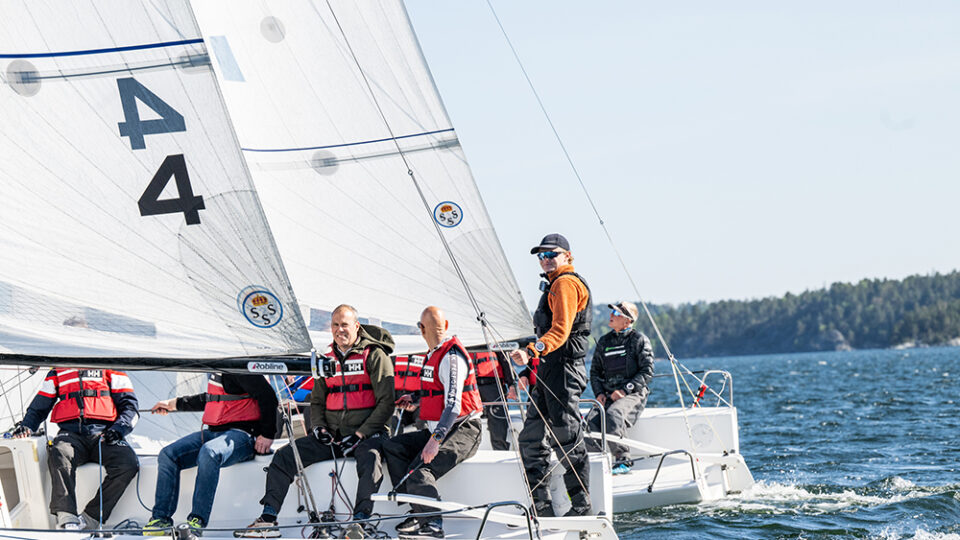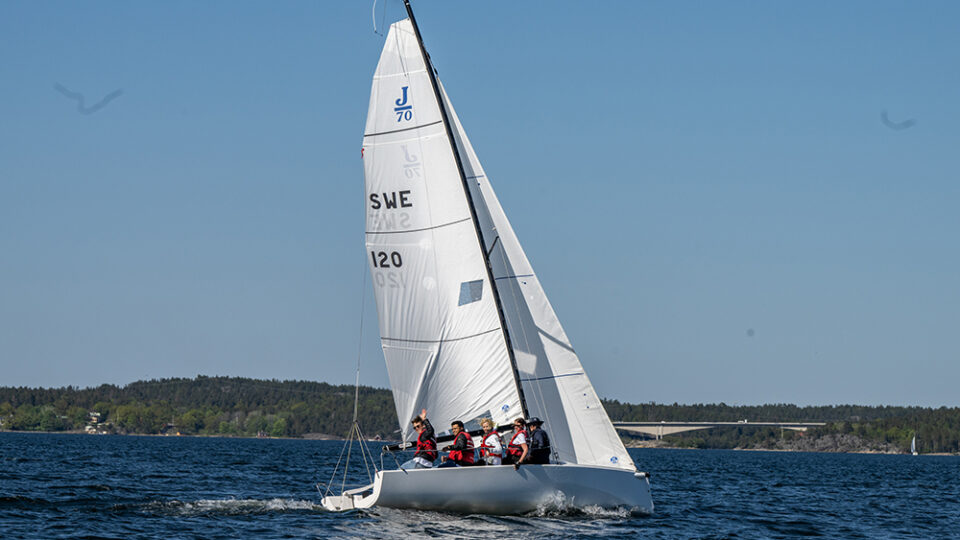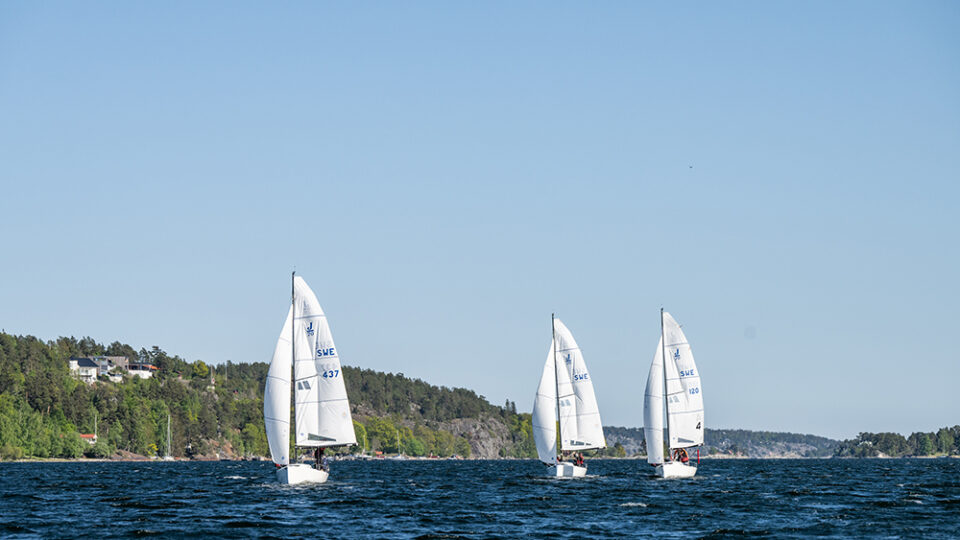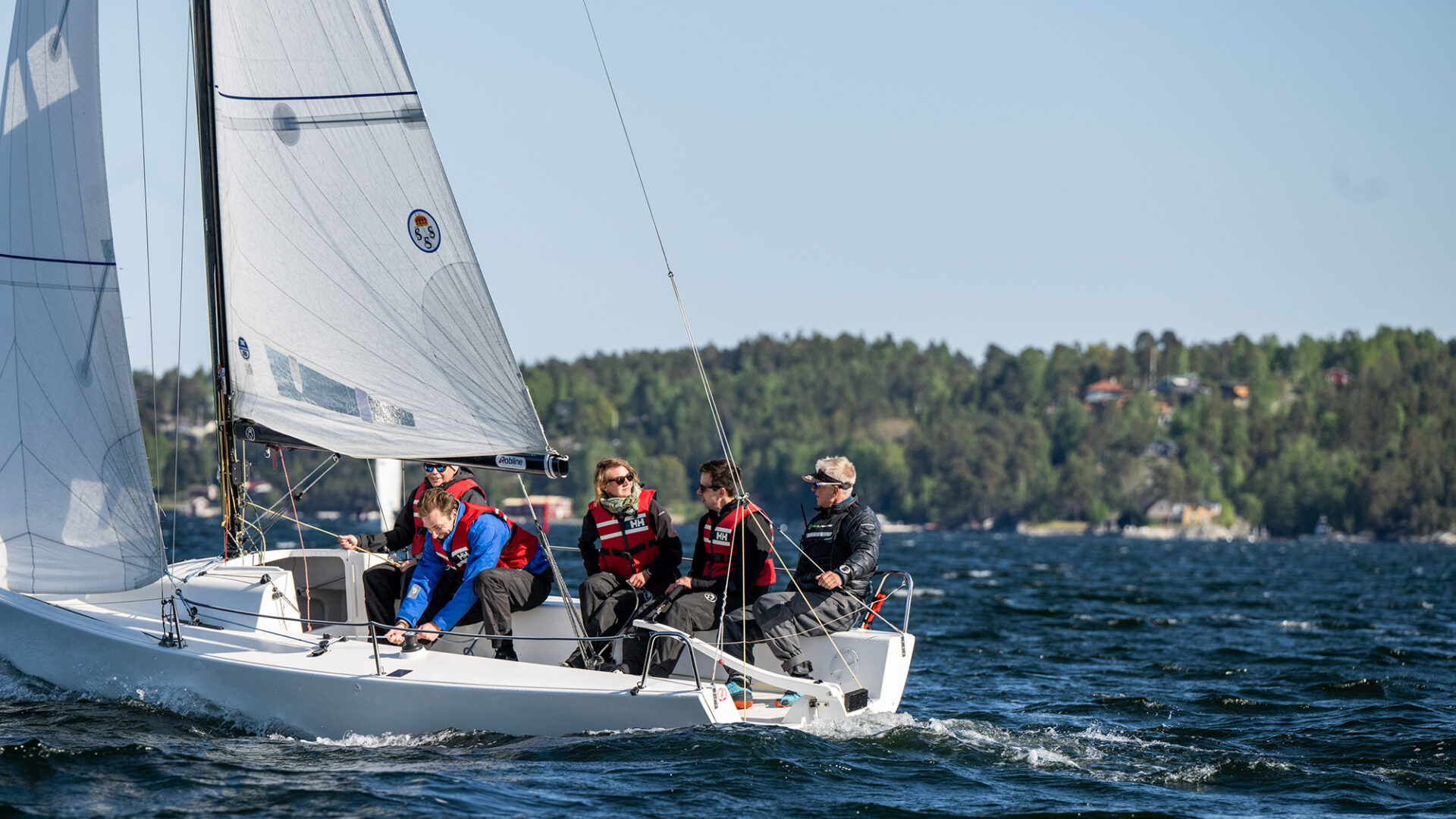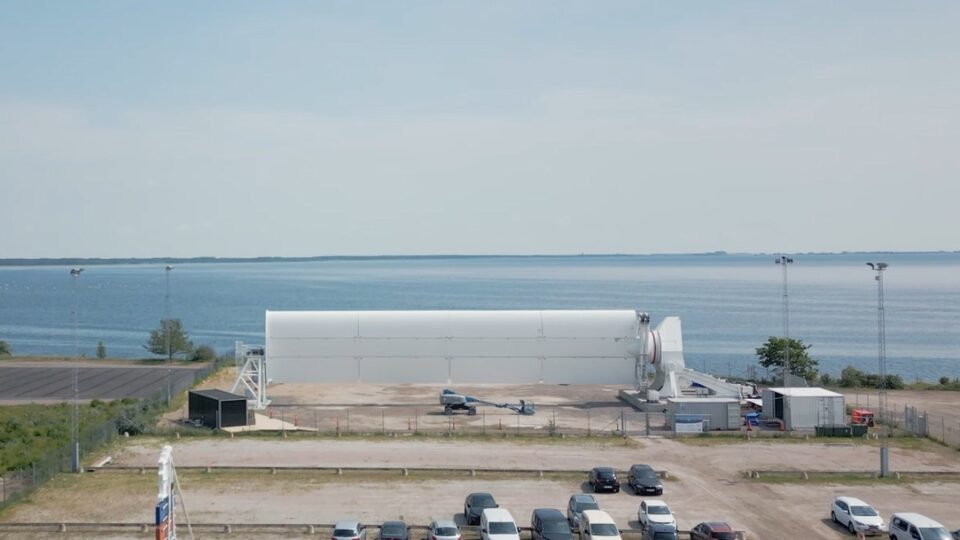Sailing vessels are hardly new and even in the past, tall ships could transport tonnes of cargo. However, there are a few big differences. The dedicated sailor, our Product Manager, Jonas Alván takes us through the similarities and differentials with conventional sailing.
The team behind the Oceanbird concept consist of many sailors. Some are elite race sailors but most of us sails in our spare time. Senior Product Manager Jonas Alván has been sailing his whole life and he uses this knowledge in the product development.
“The cool thing about sailing is that you can move forward noiselessly with the wind as only energy force. You realize how much power there is in wind and how important it is that the boat is designed so that it can handle it. This is relatable to big cargo vessels from the Oceanbird concept.”
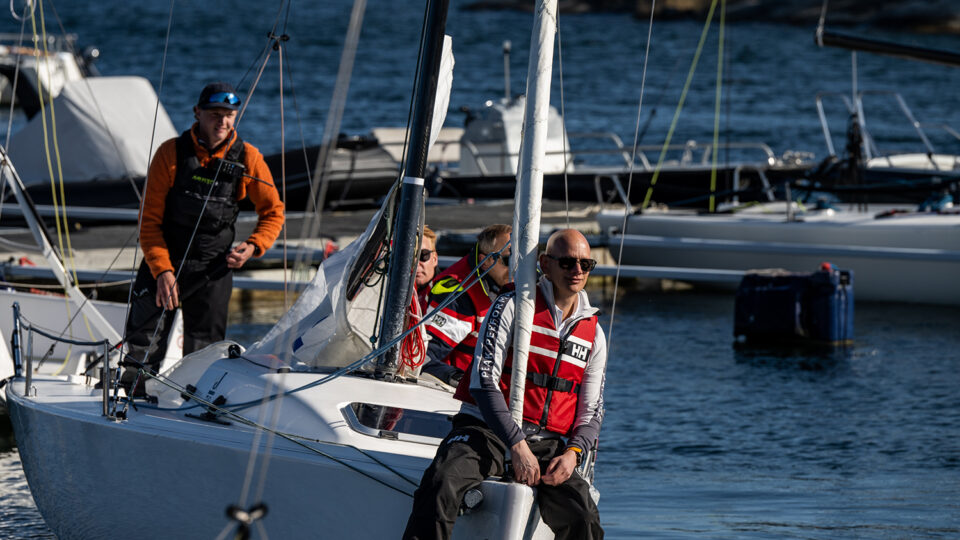
It’s all in the details
As an example, he explains that depending on the direction and windspeed you need to adjust the sails frequently to keep the speed, in the same way the control system will change position of the Oceanbird wing sail.
“Small differences in choice of route and how you trim the sails, determine whether you finish first or last in a race. It will be the same on an Oceanbird vessel. How the control system handles the wing sail and which route you choose, will determine how much energy you save” says Jonas Alván.
Another similarity is that both sails needs to be reduced when the wind is blowing too much or not at all, when you sail in and out of port and in narrow passages. But instead of tearing the sails, the wing sails on an Oceanbird vessel are folded and tilted.
Safety was not top priority
There are several differences. In the past, safety for the crew wasn’t top priority, and the crew was much bigger. A route across the Atlantic took several months instead of around 10 days. And for obvious reasons the tall ships didn’t have 7,000 cars in its cargo.
The Oceanbird wing sails are much larger than conventional sails and stiff, which increases the sails endurance and provides better performance. They resembles a vertical standing airplane wing, but the sailing principle are basically the same as a soft sail.
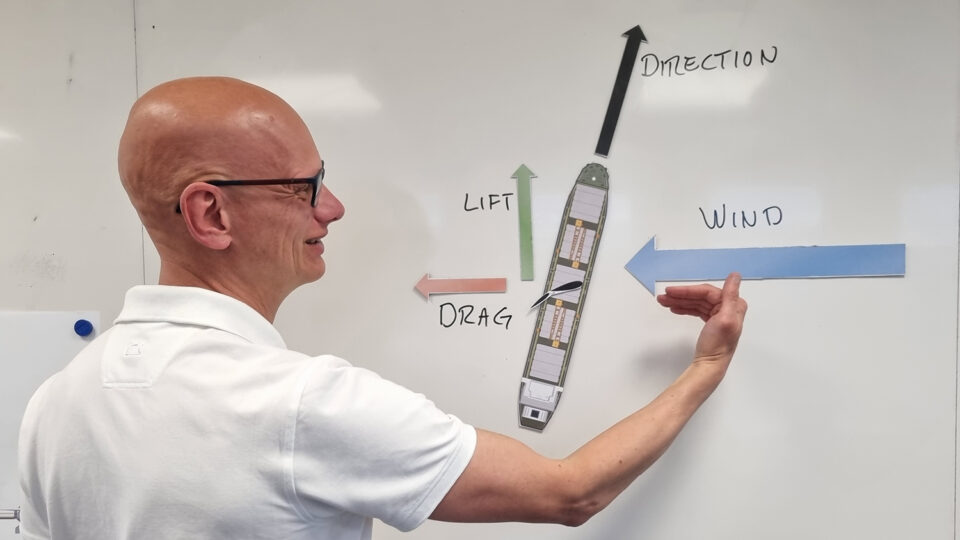
The wind moves faster on one side of the sail, creating an under-pressure which results in a thrust forward. There is a difference in how you adjust the sails depending on the wind angle. While the conventional sails are adjusted by the sheet, the wing-sails are rotated to have an optimal attack angle towards the wind.
“We are using the same sailing principles as the impressive tall ships from the past, but we use new long-lasting materials and advanced control systems to optimize the performance. With the enormous environmentally challenges ahead, it would be stupid to not use the power that we know are in the wind. Constantly renewable, for free and well-proven as energy source” concludes Jonas Alván.
